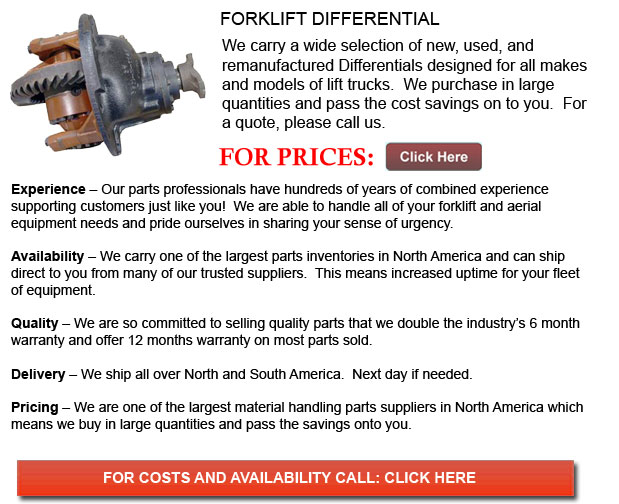
Forklift Differential - A differential is a mechanical device which is capable of transmitting rotation and torque through three shafts, frequently but not at all times employing gears. It usually operates in two ways; in vehicles, it provides two outputs and receives one input. The other way a differential operates is to combine two inputs so as to generate an output that is the sum, average or difference of the inputs. In wheeled vehicles, the differential allows all tires to be able to rotate at different speeds while providing equal torque to all of them.
The differential is designed to drive the wheels with equivalent torque while also allowing them to rotate at different speeds. When traveling around corners, the wheels of the cars would rotate at various speeds. Certain vehicles such as karts function without using a differential and utilize an axle as an alternative. Whenever these vehicles are turning corners, both driving wheels are forced to rotate at the identical speed, typically on a common axle which is driven by a simple chain-drive mechanism. The inner wheel needs to travel a shorter distance than the outer wheel while cornering. Without using a differential, the result is the outer wheel dragging and or the inner wheel spinning. This puts strain on drive train, resulting in unpredictable handling, difficult driving and deterioration to the tires and the roads.
The amount of traction required so as to move the automobile at whichever given moment is dependent on the load at that moment. How much drag or friction there is, the car's momentum, the gradient of the road and how heavy the car is are all contributing elements. Amongst the less desirable side effects of a conventional differential is that it can reduce grip under less than perfect situation.
The end result of torque being supplied to each wheel comes from the transmission, drive axles and engine applying force against the resistance of that grip on a wheel. Normally, the drive train would provide as much torque as needed except if the load is exceptionally high. The limiting factor is commonly the traction under each wheel. Traction can be interpreted as the amount of torque which can be produced between the road exterior and the tire, before the wheel begins to slip. The automobile would be propelled in the intended direction if the torque utilized to the drive wheels does not go over the limit of traction. If the torque utilized to each wheel does exceed the traction limit then the wheels would spin continuously.
![]() Click to Download the pdf
Click to Download the pdf
Forklift Parts
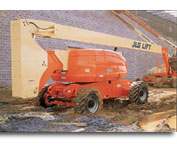
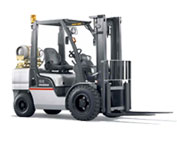
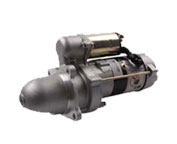
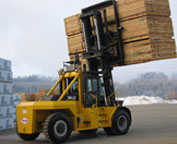
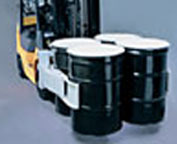
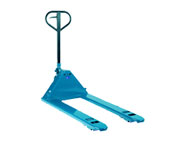
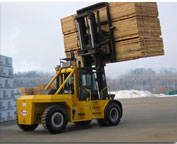
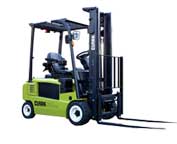
Lift Parts Express
TOLL FREE: 1-888-695-7994
Valdez, Alaska
forkliftpartsvaldez.com
Email Us
About Us


